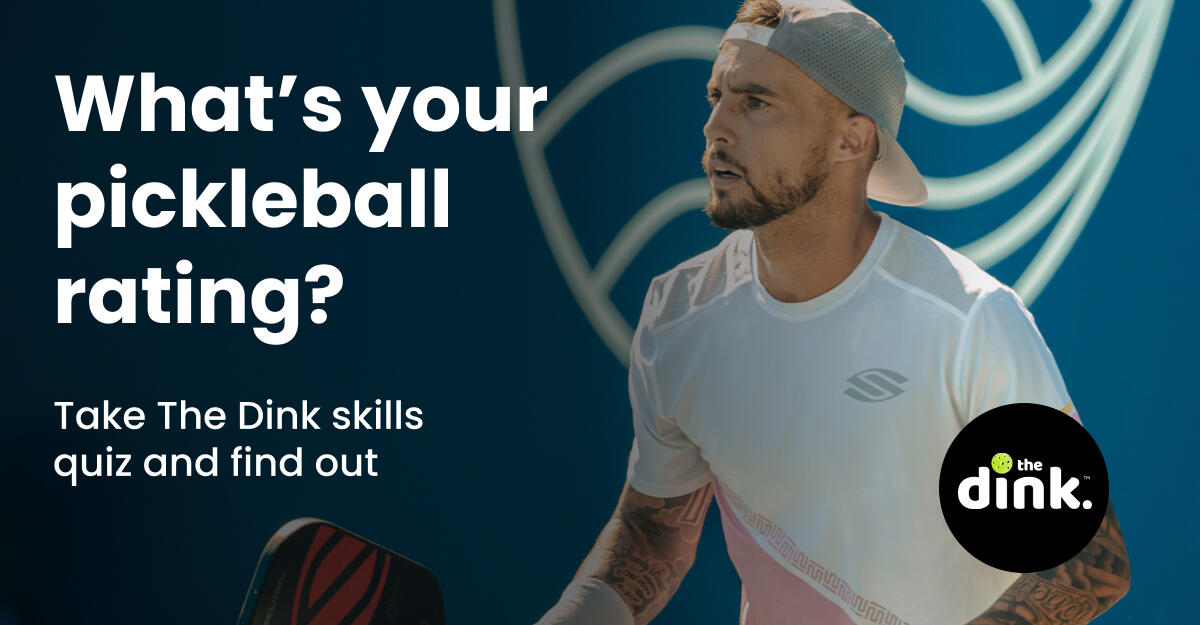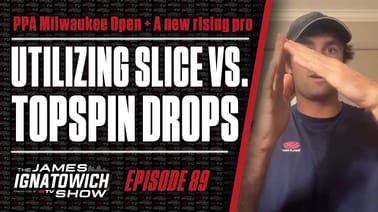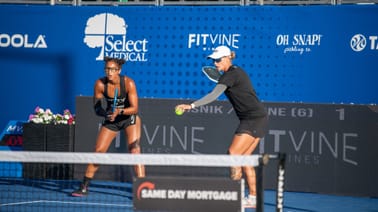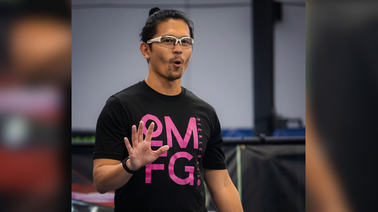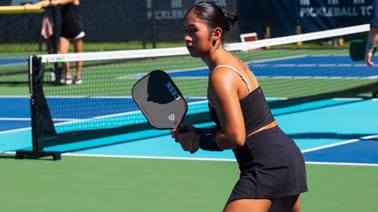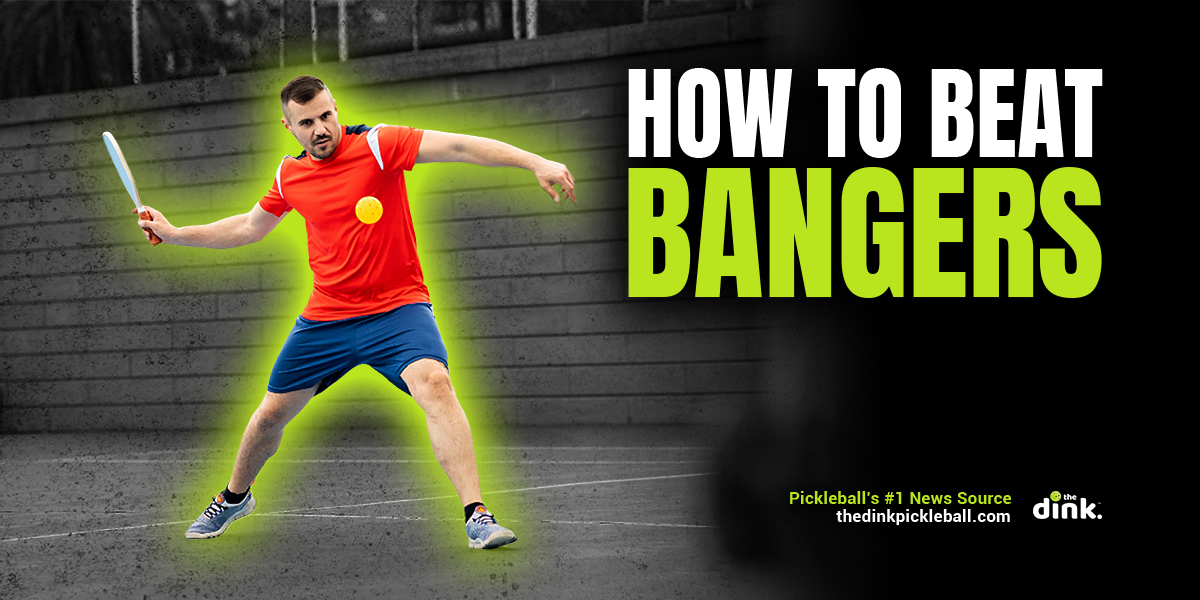
Bangers Aren't Going Anywhere in Pickleball, So Here's How to Beat Them
It doesn't matter if you're a 3.0 or 5.0+ level player; bangers exist throughout pickleball.
Even at the pro level, long dink rallies are becoming less common with every tournament as pros choose to crash and play fast over drop and play slow.
Whether you like the direction the game is heading or not, at some point, you have to learn how to play against "bangers."
As paddles become hotter and offer more spin, hitting the ball hard is a trend that will continue.
What's a banger in pickleball?
To ensure we're all on the same page, let's define what a banger is and what they are not.
A banger is ...
- someone who drives the ball on every (or almost every) shot
A banger is not ...
- someone who drives only in situations where a drive makes the most sense
That's pretty much it.
Now, let's learn how to defeat them.
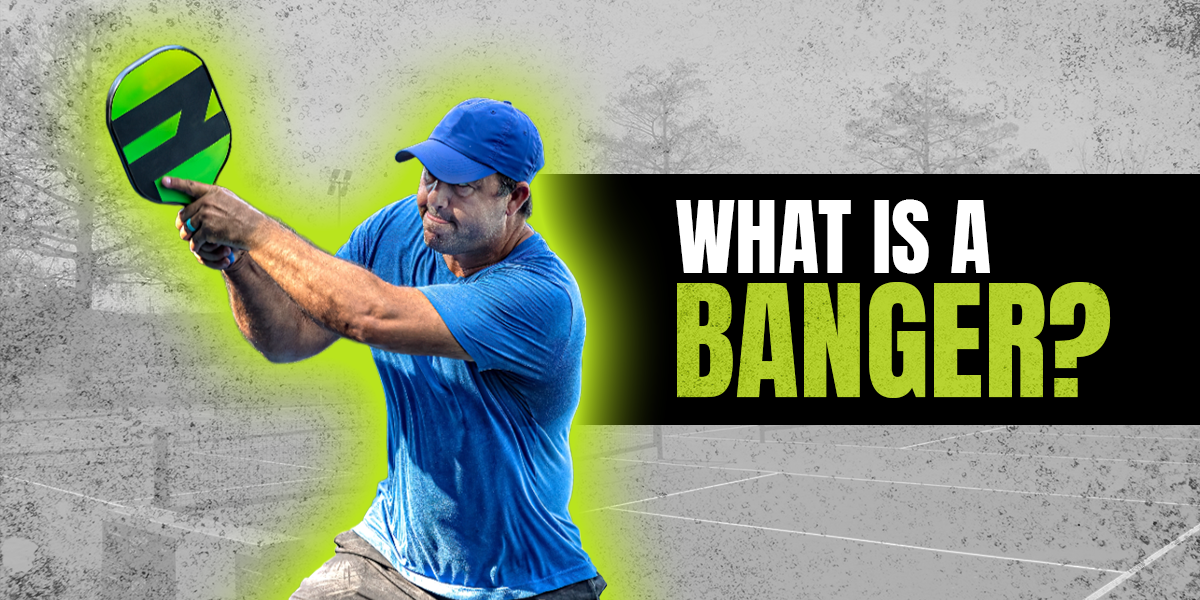
Don't try to force them to play soft
The conventional wisdom many used to teach is that you must counter the banger mentality with a soft game. Coaches would tell you to slow the game down.
This is no longer true – if it ever even was.
In fact, pro player (and PicklePod co-host) Zane Navratil says you should fire your coach if they tell you that in this video:
This strategy doesn't work because someone who drives every shot will not just stop because you choose to dink or hit a drop shot against them. In fact, they'll speed those balls up, too. And, if you leave them a bit too high, you'll pay dearly for it.
But if countering aggression with a soft game isn't the answer, what is?
Sometimes, you have to punch a bully in the face.
Counter aggression with aggression
Okay, maybe don't actually hit them in the face.
But the idea is that if you want to counter someone's aggressiveness, you need to do it with your own aggression. This doesn't mean you also need to become a banger yourself.
In pickleball, aggression can mean different things, and not all of it has to do with hitting the ball hard.
Counters
The first (and most effective) way to deal with a banger is to counter their drives instead of just trying to block them.
A block simply absorbs the shot and puts the ball back over the net, where the banger will happily drive it at you again.
A counter means you're hitting the ball back with some force of your own, letting them know they aren't going to get away with this the whole game.
Tanner Tomassi has a fantastic video on how to do this:
The keys to countering a drive:
- Holding your paddle upright instead of sideways
- Striking down on the ball, aiming for your opponent's feet
- Getting your paddle out in front of your body well before the drive comes
The best part about playing against bangers is you know exactly what shot they will take every time. A predictable opponent is an easier opponent.
Let out balls go out
One of the hardest (but most beneficial) skills to develop in pickleball is the ability to let out balls go out.
To learn how, we can turn to Kyle "ThatPickleballGuy" Koszuta:
In the video, he explains the different cues to look for when determining whether a ball is likely to go out or not.
Those cues include:
- The height of the ball
- Player tendencies
- How big their swing is
When you program your brain to recognize these cues, you'll be amazed at how many balls these players hit will fly way out of bounds if you can simply move out of the way.
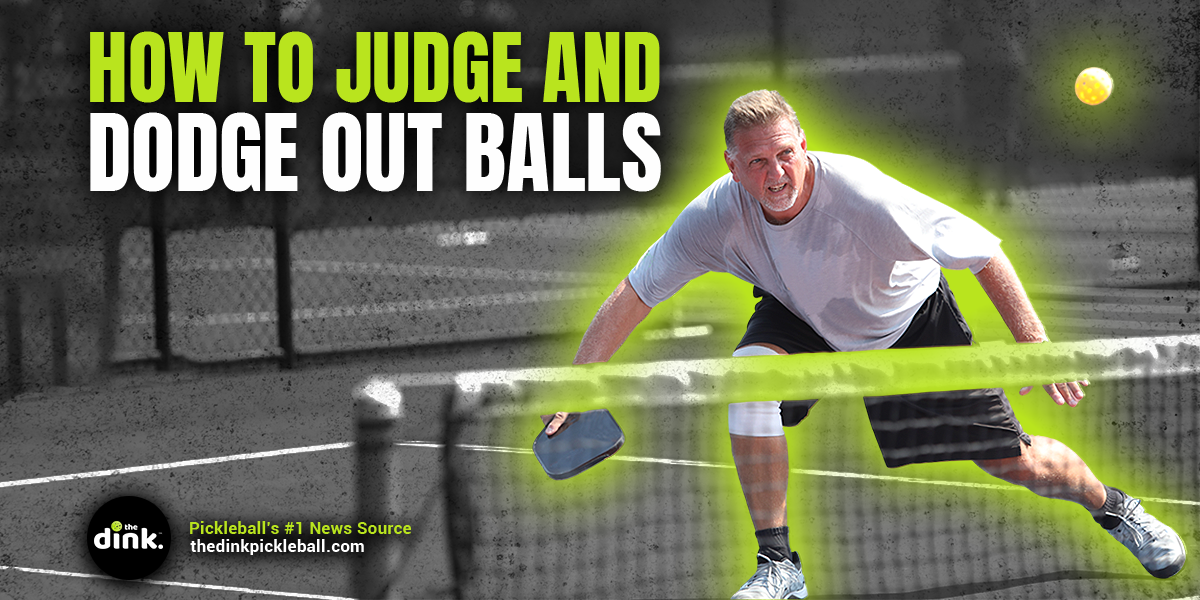
Well-placed dinks
Most players probably don't think of dinks as a way to be aggressive, but they absolutely are if you do them correctly.
Aiming for a player's backhand or the outside of their feet is a great way to use dinks to neutralize a banger.
We get in trouble against bangers when we simply focus on blocking the ball and leave a dead dink in a perfect position for their forehand.
They speed the ball up at us, and we're stuck playing defense again and again.
Instead, try to return their drive to hit the ground either to the left or right of their feet. When you do that, you're creating a situation where they will either have to dink it back or hit an off-balance speed-up that is going out of bounds 99 percent of the time.
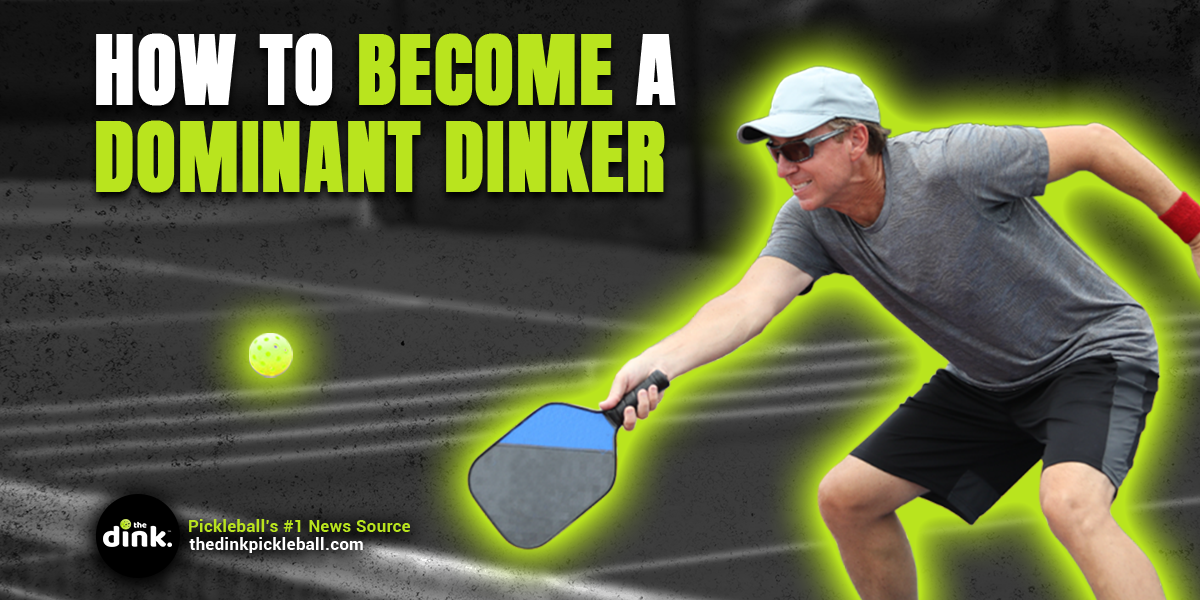
Pull the trigger first
Speaking of speed-ups, one adage in pickleball is, "If someone is doing something you don't like, do it to them first."
If you get a ball that bounces in front of you and you have a good look at speeding the ball up, you absolutely should. Put your opponent on defense before they can do it to you.
Watch your paddle angle
Bangers love it when you pop up their third shot drive, because this gives them a chance to really get down on the ball and hit a low drive for a winner.
Oftentimes, these pop-ups are caused by poor paddle angles.
If your paddle angle is too low (meaning it's more closed to the ground), you'll hit the ball right into the net.
If your paddle angle is too high (meaning the face is pointing more up toward the sky), you'll pop the ball up.
You need a paddle angle that more closely resembles that of a low iron in golf: slightly upward, but not so much that the ball rolls up the face of the paddle.
To find the right angle for you, start with an angle that's closed to the net, then an angle that's pointing almost straight up. Now, find the middle of those two.
Practice taking a few drives using that as your face angle and see how the ball responds. Adjust as needed.
Find your grip
Conventional wisdom says that you want a light grip on the paddle for most pickleball shots. If you think of a 1-10 scale, where 10 is a death grip, and one means the paddle almost falls out of your hands, you want to grip the paddle between a 3-4 for most shots.
However, when dealing with bangers, it may benefit you to grip it a little tighter.
On that same scale, you might experiment with holding it between 5-7. It really depends on how hard your opponent hits the ball, your paddle angle, and what you're trying to accomplish with the counter.
Luckily, if you're playing against bangers often, this should be something you can try repeatedly to find the right grip pressure for you.
If you're struggling to find it, consider using two hands on the paddle. You can even use your offhand to hold the back of the paddle face to provide more resistance.
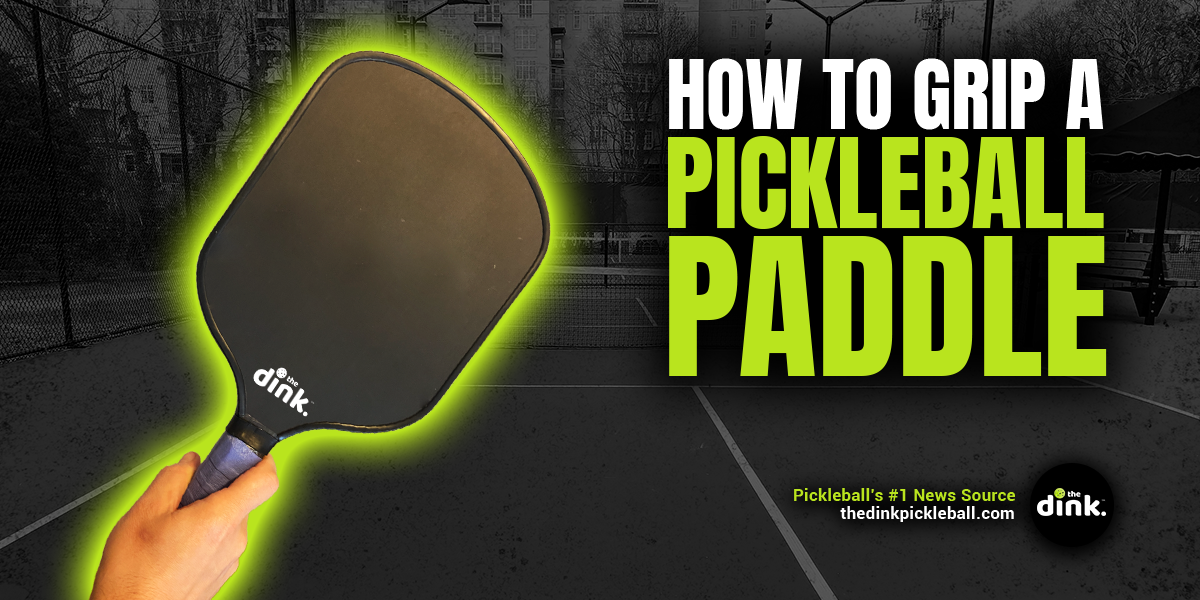
Aim for their backhand more often
Most bangers favor their forehand on every shot. If you can target their backhand, you'll either get a weaker shot or force them to run around to hit a forehand. That extra running can cause mistakes.
The worst thing you can do is hit it right where their forehand is waiting.
Let them make errors
Banging the ball as hard as you can is fun. And most bangers haven't developed other skills in their game. You can take advantage of this by putting them in a position to make an error.
You can try lobbing them (aim over their non-dominant shoulder).
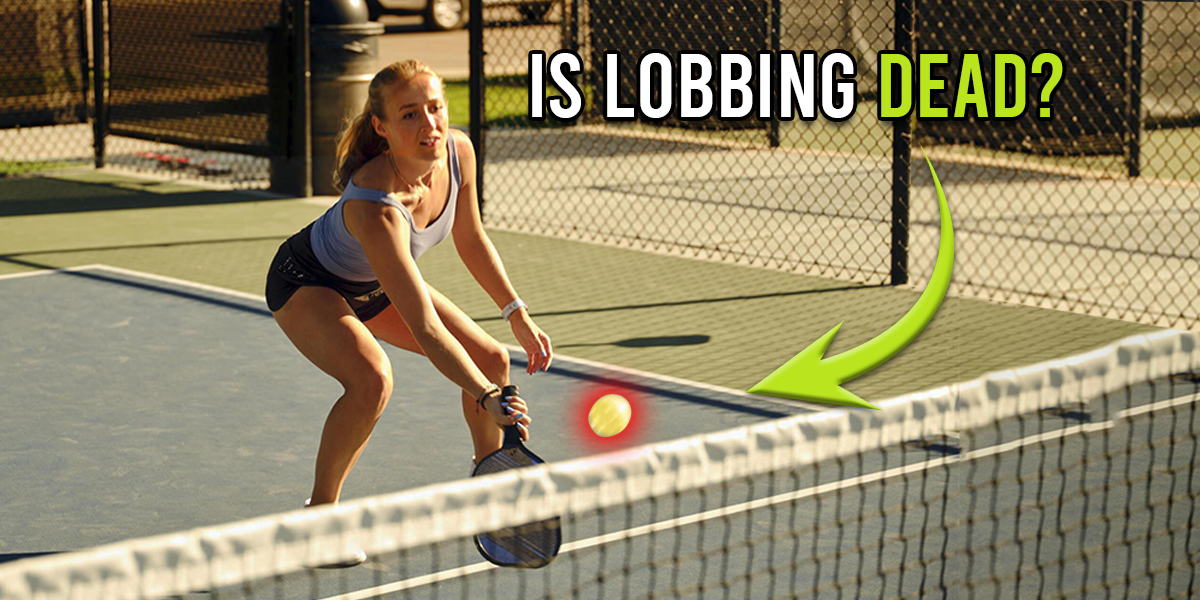
You can hit more balls at their feet (forcing them to back up).
And you can move them left or right.
Moving a banger around is a great way to force them out of their rhythm and get them to take non-optimal shots.
The bottom line
Bangers aren't going anywhere anytime soon. They've existed since the beginning of pickleball, and they'll continue to exist well into the future of the sport.
Learning how to handle them now might be frustrating in the short term. But, once you figure it out, you'll rejoice when you see your favorite banger across the court from you.
